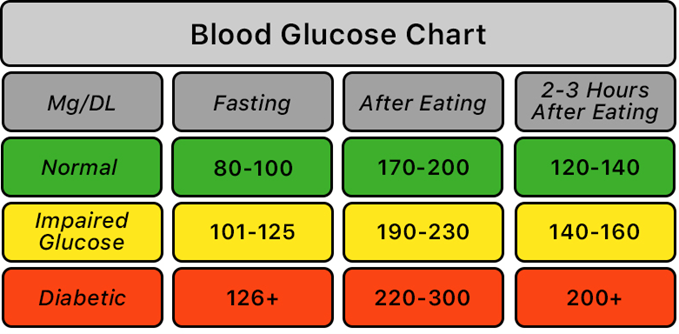A nurse working in a long-term care facility is assigned to care for four clients following the 0700 morning change-of-shift report. Which of the following clients should the nurse attend to first?
A client who has bronchitis, began receiving antibiotics yesterday and has a temperature of 38.3°C (101°F).
A client who has COPD and has an oxygen saturation of 90%.
A client who has Alzheimer's and was restless during the night.
A client who has diabetes and had a 0600 blood glucose level of 60 mg/dL.
The Correct Answer is D
Of the four clients described, the nurse should attend to the client who has diabetes and had a 0600 blood glucose level of 60 mg/dL first. This client's blood glucose level is low and requires immediate intervention to prevent further complications.
Option A may require attention, but the client's condition is stable and they are receiving treatment.
Option B may also require attention, but an oxygen saturation of 90% is within an acceptable range for a client with COPD.
Option C may also require attention, but the client's restlessness during the night does not indicate an immediate need for intervention.

Nursing Test Bank
Naxlex Comprehensive Predictor Exams
Related Questions
Correct Answer is A
Explanation
The nurse should request the client's son, who has a durable power of attorney, to sign the client's informed consent. A durable power of attorney is a legal document that allows an individual to appoint someone to make decisions on their behalf in the event that they become unable to do so. If the client has dementia and is unable to provide informed consent for the procedure, the individual with a durable power of attorney has the legal authority to make decisions on their behalf.
The other individuals are not the appropriate person to sign the client's informed consent. The client's sister [b] and daughter [c] may be involved in the client's care and decision-making, but they do not have the legal authority to provide informed consent on behalf of the client unless they have been designated as such in a legal document. Advance directives [d] are legal documents that allow individuals to communicate their wishes about medical treatment and end-of-life care, but they do not grant decision-making authority to another individual.
Correct Answer is A
Explanation
The first action the nurse should take is to collect data on the client. This includes assessing the client's condition and vital signs to determine if they require immediate medical attention.
Option b may not be appropriate without first assessing the client's condition.
Option c may be necessary after collecting data on the client, but it should not be the first action taken.
Option d may also be necessary, but it should not be the first action taken.
Whether you are a student looking to ace your exams or a practicing nurse seeking to enhance your expertise , our nursing education contents will empower you with the confidence and competence to make a difference in the lives of patients and become a respected leader in the healthcare field.
Visit Naxlex, invest in your future and unlock endless possibilities with our unparalleled nursing education contents today
Report Wrong Answer on the Current Question
Do you disagree with the answer? If yes, what is your expected answer? Explain.
Kindly be descriptive with the issue you are facing.
